




Our Model
Remove and Protect
Our Model
Remove and Protect
The big challenge
Three introduced predators – rats, possums and stoats – are generally accepted as the main agents of ecological decline in New Zealand. Aside from the estimated 25 million native birds they kill each year, they cost this country billions of dollars annually, and they impact on the country’s primary production base through the transmission of diseases such as bovine tuberculosis.
New Zealand is a world leader in removing invasive predators from islands and predator fenced areas. However the need for a defendable barrier (e.g. the sea) or the social and geographic challenges of predator fencing, limit the scale at which they can be used. Therefore on the mainland, the current predator management approach is ongoing suppression of predator populations using traps or toxins. This carries a significant long-term cost as reinvasion must be continually managed.
How we’re helping
Zero Invasive Predators Ltd (ZIP) was established to develop operationally ready, innovative, strongly supported technologies to completely remove rats, possums and stoats from large mainland areas, and then protect those areas from reinvasion. We call this model Remove and Protect.
The Remove and Protect approach, if successful, will make it possible to:
carry out predator control in terrain where it is neither desirable nor possible to construct predator fences
reduce our dependence on the repeated wide scale application of toxins at chosen sites
enable progressive expansion of a protected area as funds and confidence allow
create an environment on the mainland where, in time, ecological integrity could rival that of predator-free offshore islands

Our Board
Board
Our Board
Board

Our Team
Team
Our Team
Team
ZIP Directors
Wellington-based team members
Lincoln- and Christchurch-based team members
South Westland-based team members
Twizel-based team members
Science Advisors

Where we work
Where we work
Where we work
Where we work
The majority of our team works from four main locations: Wellington, Lincoln, South Westland, and Twizel.
Team members work closely with other members at different locations. The Wellington and Lincoln teams often spend time working at our field sites to assist with, and better understand, the key challenges on the ground.
Wellington
Wellington
Wellington
Wellington
The ZIP office in Wellington has recently moved from near Zealandia Sanctuary to the central business district, where many of our collaborators in the public and private sectors are based.
The main activities we carry out here include:
Planning our programme of work and strategic direction, and ensuring our systems and processes deliver solutions that work
Designing trials to test new tools and techniques, and planning predator elimination operations and responses to incursions
Supporting our mahi, teams, and the projects we are involved in – from analysing field data through to co-ordinating the sale of our products
Working alongside our partners to integrate our remove and protect model into the Predator Free 2050 vision, and making our tools and approaches available for others.
Lincoln, Canterbury
Lincoln
Canterbury
Lincoln, Canterbury
Lincoln
Canterbury
ZIP has a small team based at our predator behaviour research facility in Lincoln.
The main activities we carry out are:
Studying predator behaviour to maximise our ability to intercept or detect target species
Developing novel solutions for predator elimination and control
Running research and proof of concept trials before use in the field
Our products that are available for purchase are also stored and distributed from our Lincoln site.
South Westland
South Westland
South Westland
South Westland
ZIP has been operating in South Westland since 2017. We started out at a 2,300 hectare block south of Haast, then a 12,000 hectare block in the Perth River Valley (a tributary of the Whataroa River), and are now working across the 100,000 hectares of the Predator Free South Westland Project.
Key activities carried out by our West Coast team include:
Installing and servicing detection devices, bait stations and traps
Reinforcing natural barriers with traps and bait stations to reduce reinvasion by predators
Planning and undertaking aerial and ground-based removal and incursion operations
Engaging and working with local communities.
Twizel
Twizel
Twizel
Twizel
ZIP’s Twizel-based team is primarily focused on delivering the operational aspects of Te Manahuna Aoraki Project.
Te Manahuna Aoraki Project launched in 2018, with the vision to protect and revitalise the upper Mackenzie Basin and Aoraki Mount Cook National Park. In July 2022, ZIP took on responsibility for the development and implementation of the project on the ground, with a focus on eliminating key threats to native species.
The 310,000 hectare project area sits within Te Manahuna/the upper Mackenzie Basin and Aoraki Mount Cook National Park. It includes mountain ranges, Lake Pūkaki, Lake Takapō/Tekapo and the extensive braided river systems that feed them.





















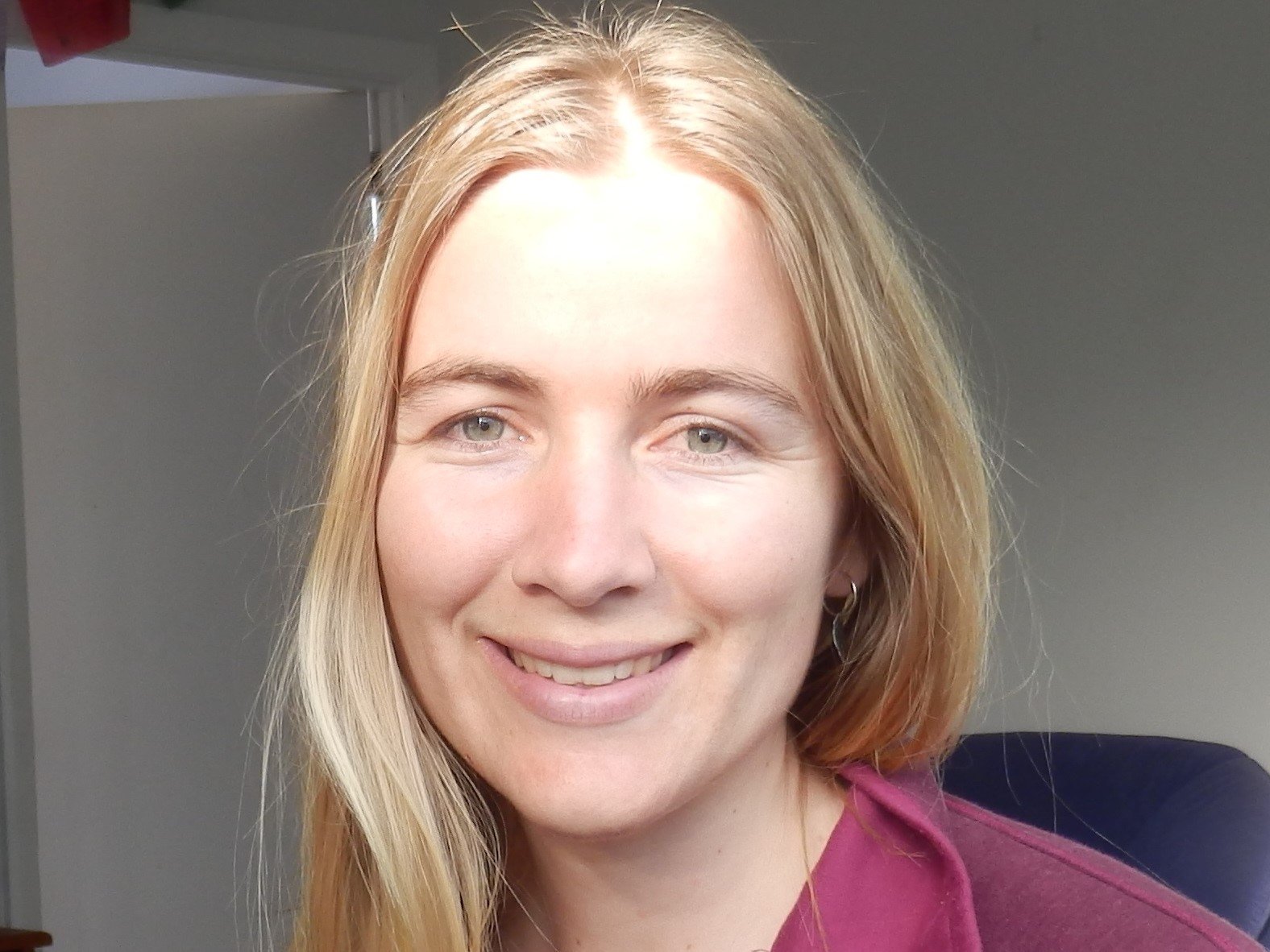

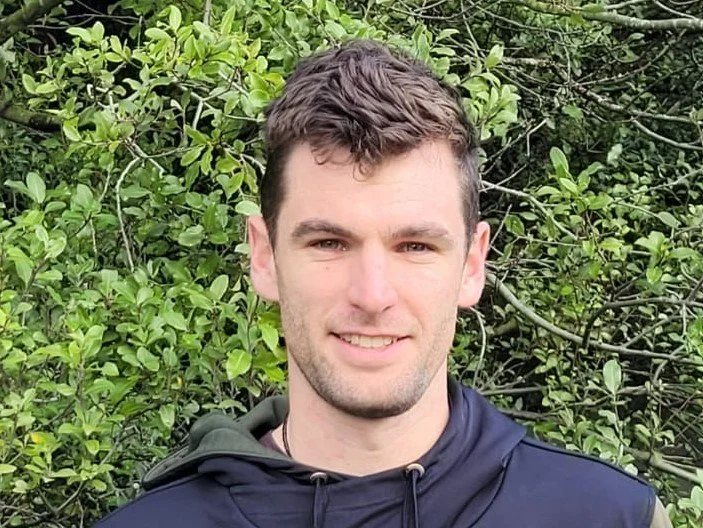

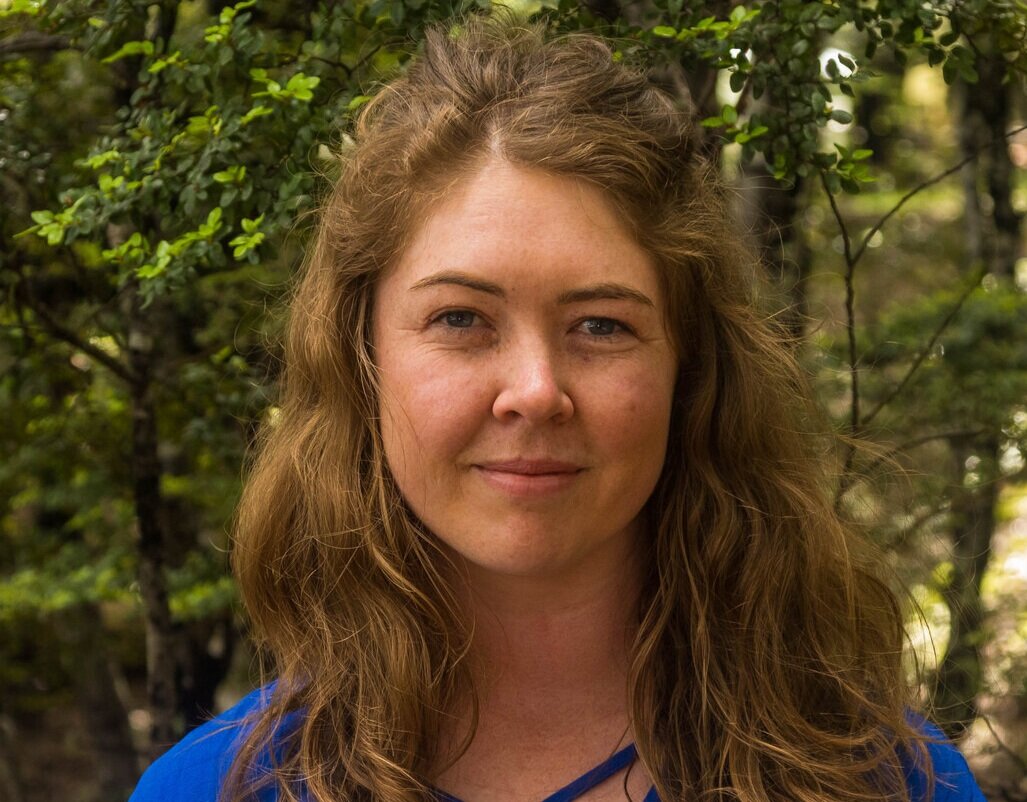




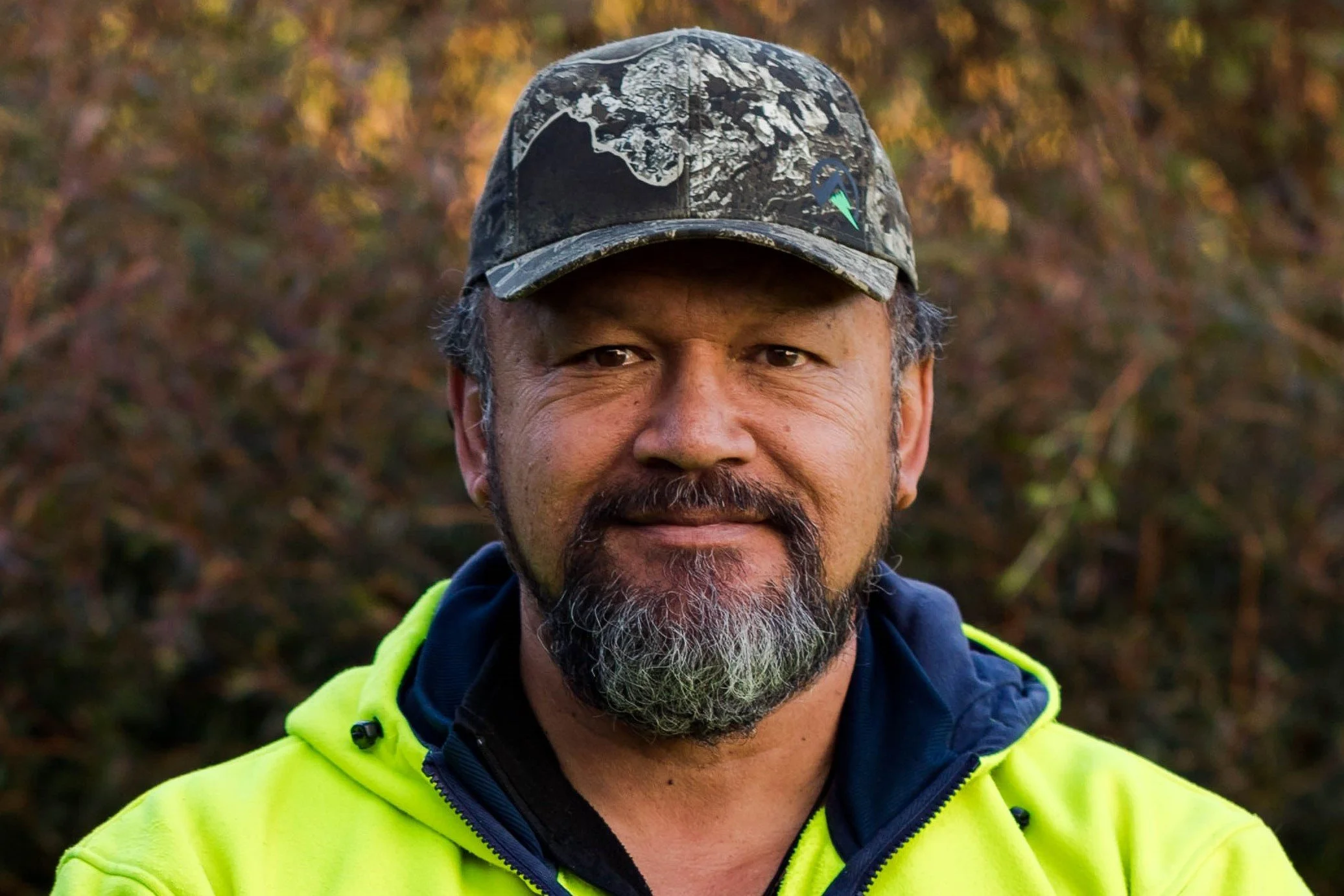



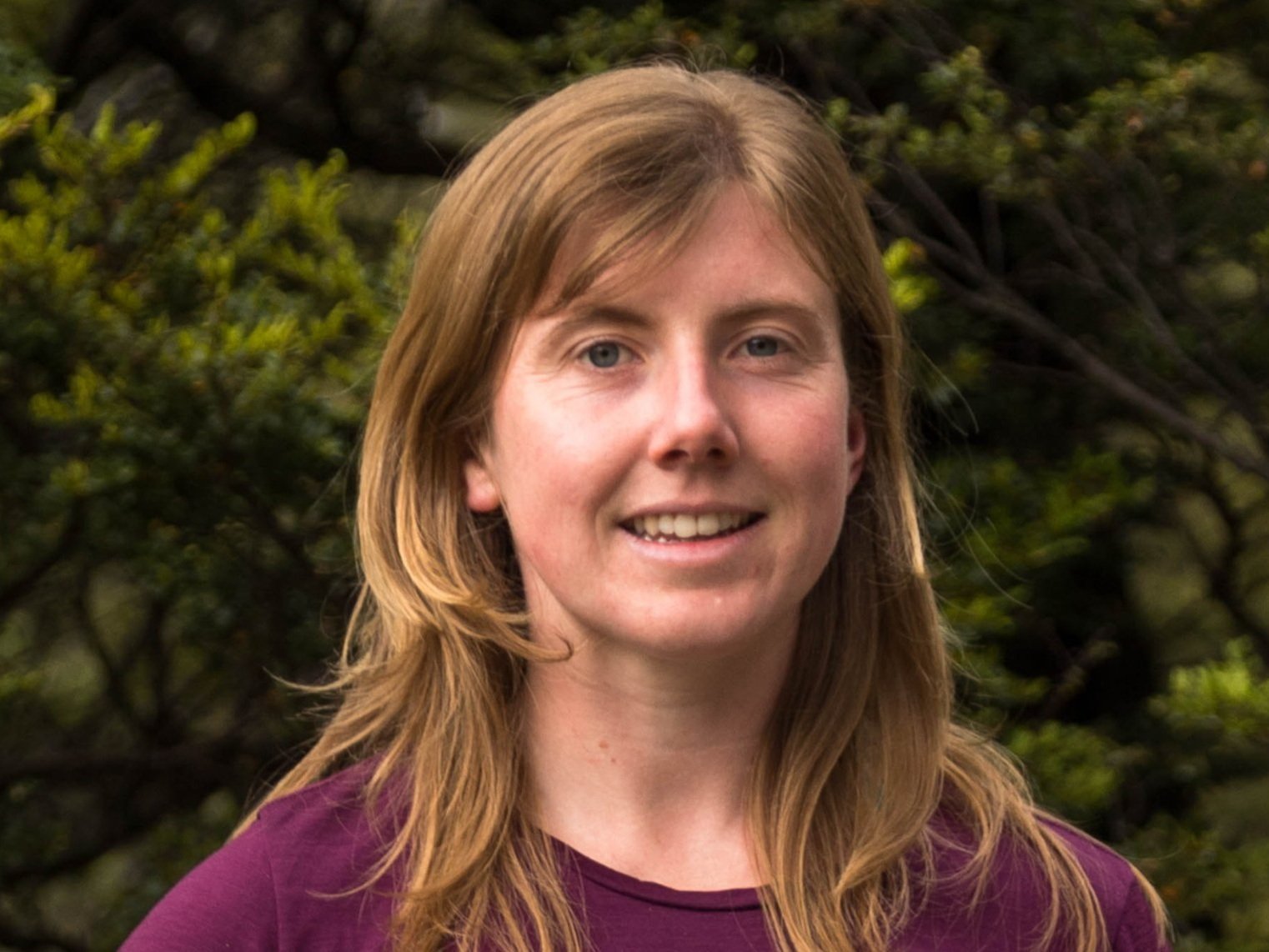

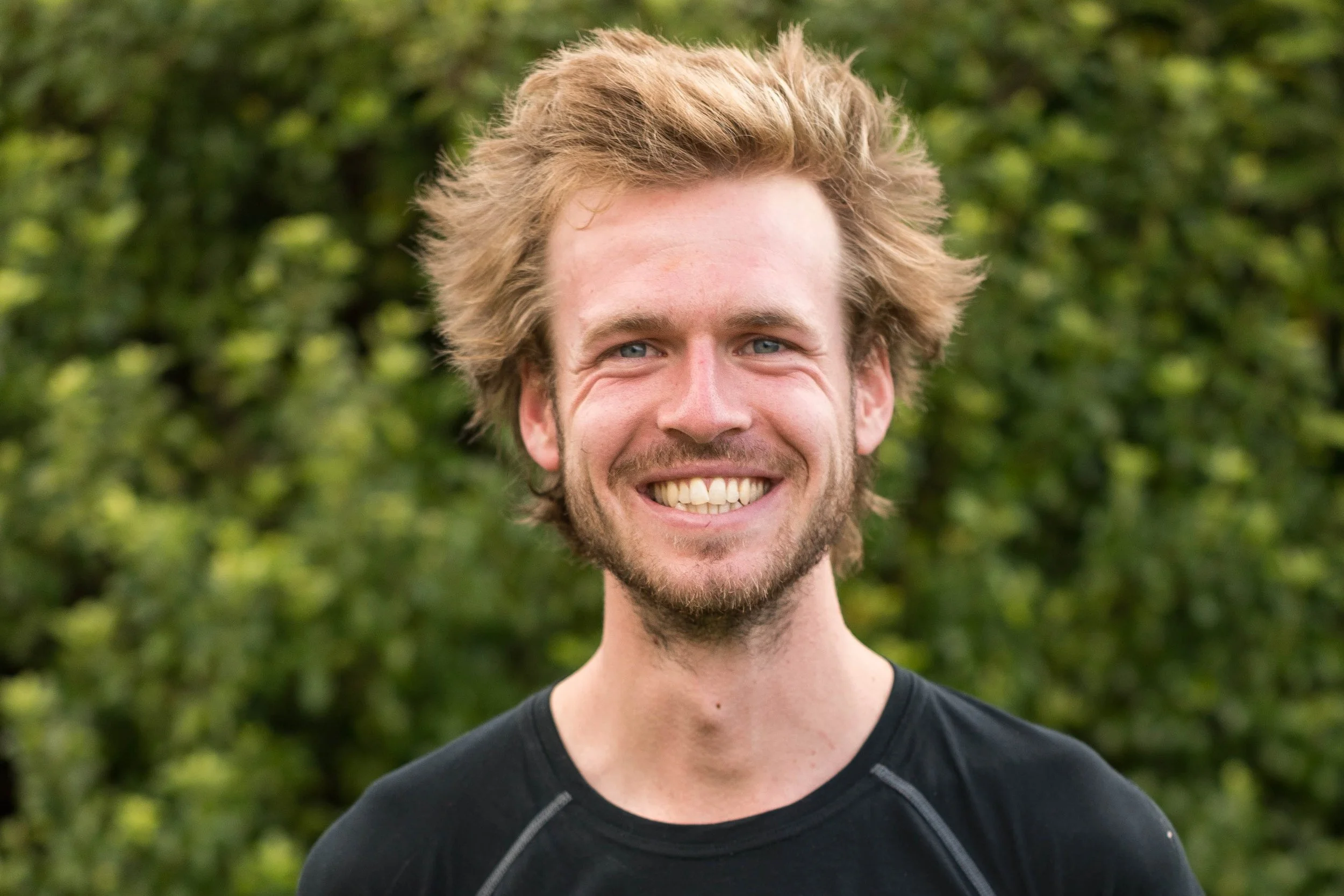












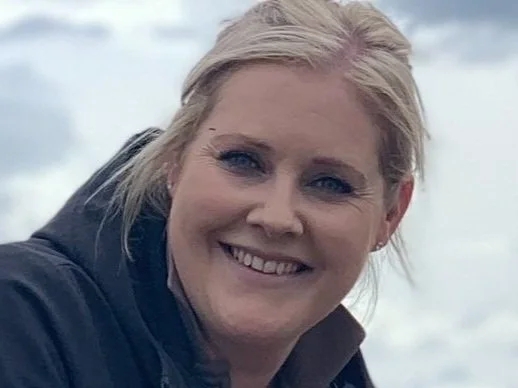










Department of Conservation Senior Liaison